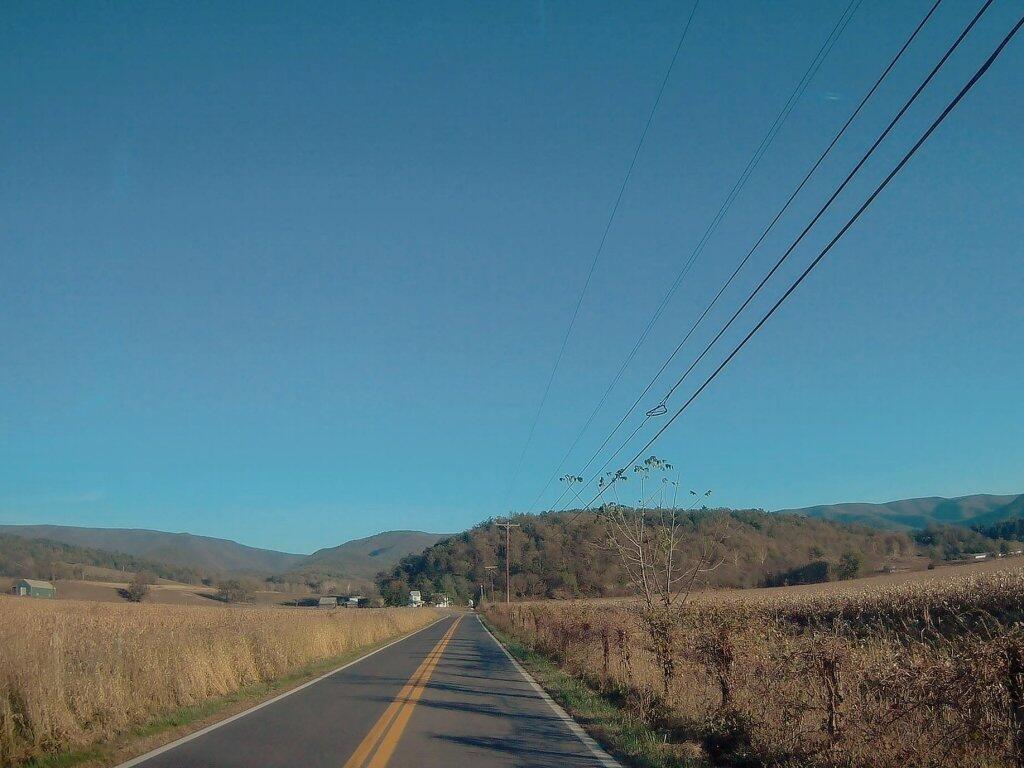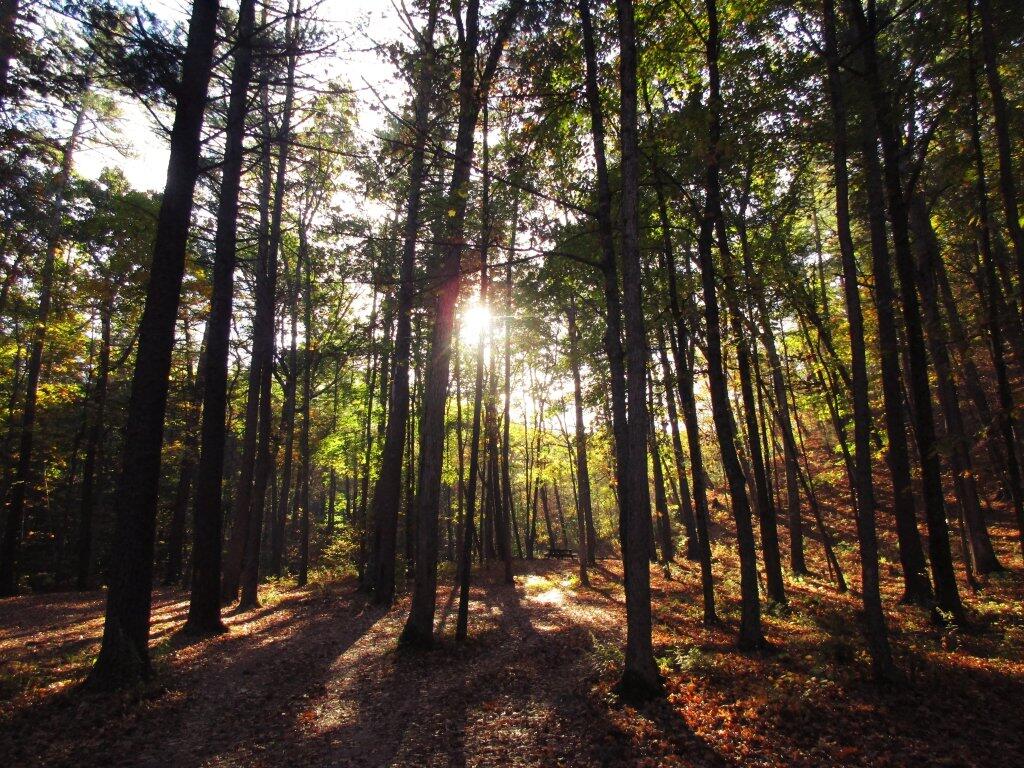People often inquire about the comparisons between West Virginia and Upstate New York. In reality, there aren’t significant differences when you take everything into account.
A large portion of Northern West Virginia’s terrain, particularly in the Monongahela and George Washington National Forest regions, shares many similarities with the Green Mountains, especially the eastern part of the Lake Champlain Valley. The landscape is broken up by moderately tall mountains with narrow river-carved passages. However, the ridges in West Virginia are notably steeper than those in the Green Mountains, and the roads that ascend them are much more winding.
These winding roads, consisting of both dirt and blacktop, traverse the mountains. The valleys in West Virginia remind me a lot of certain parts of the Green Mountains – they have fertile valleys, steep hills, and encompassing mountain ranges. Some peaks even closely resemble the Green Mountains. In some aspects, this region brings to mind Cattaraugus County, with its scattered hills and valleys.
A noticeable distinction is that the valleys in West Virginia are marked by chicken and turkey farms, with minimal beef and nearly no dairy farming in this area of the state. The lack of milk processing plants and the presence of a large frozen chicken processor in Moorefield contribute to this difference. The chicken farms are similar in function to dairies but differ in appearance, often featuring long steel barns instead of the traditional red ones. Corn, widely planted in these valleys, is processed on-farm into chicken feed. Turkey farms follow a similar pattern, though their barns are typically one-story and more open than those for chickens. While the chicken barns didn’t emit any noticeable odor at this time of year, the turkey farms had an earthy, slightly pungent smell, though nothing akin to the aroma of dairy farms.
Heading further into the uplands, you’ll mainly find hunting camps and vacation homes. To the north of the forest lies coal-rich land marked by strip mines that supply the hungry Mount Storm Coal Plant. Rural homes dot the area, including farms and timberlands leased to hunters for coal-related activities.
The accents in northern West Virginia aren’t overly pronounced. They lean more towards Appalachian in nature, similar to what you might encounter in the rural parts of eastern New York State. Hunting is a common activity, as small game season for squirrels and rabbits is currently open. In essence, there’s not much that deviates from the landscape and people you’re familiar with in Upstate New York.
All in all, for a New Yorker, particularly one hailing from Upstate New York with ample exposure to rural areas, the differences between the landscapes and the people won’t be substantial.

